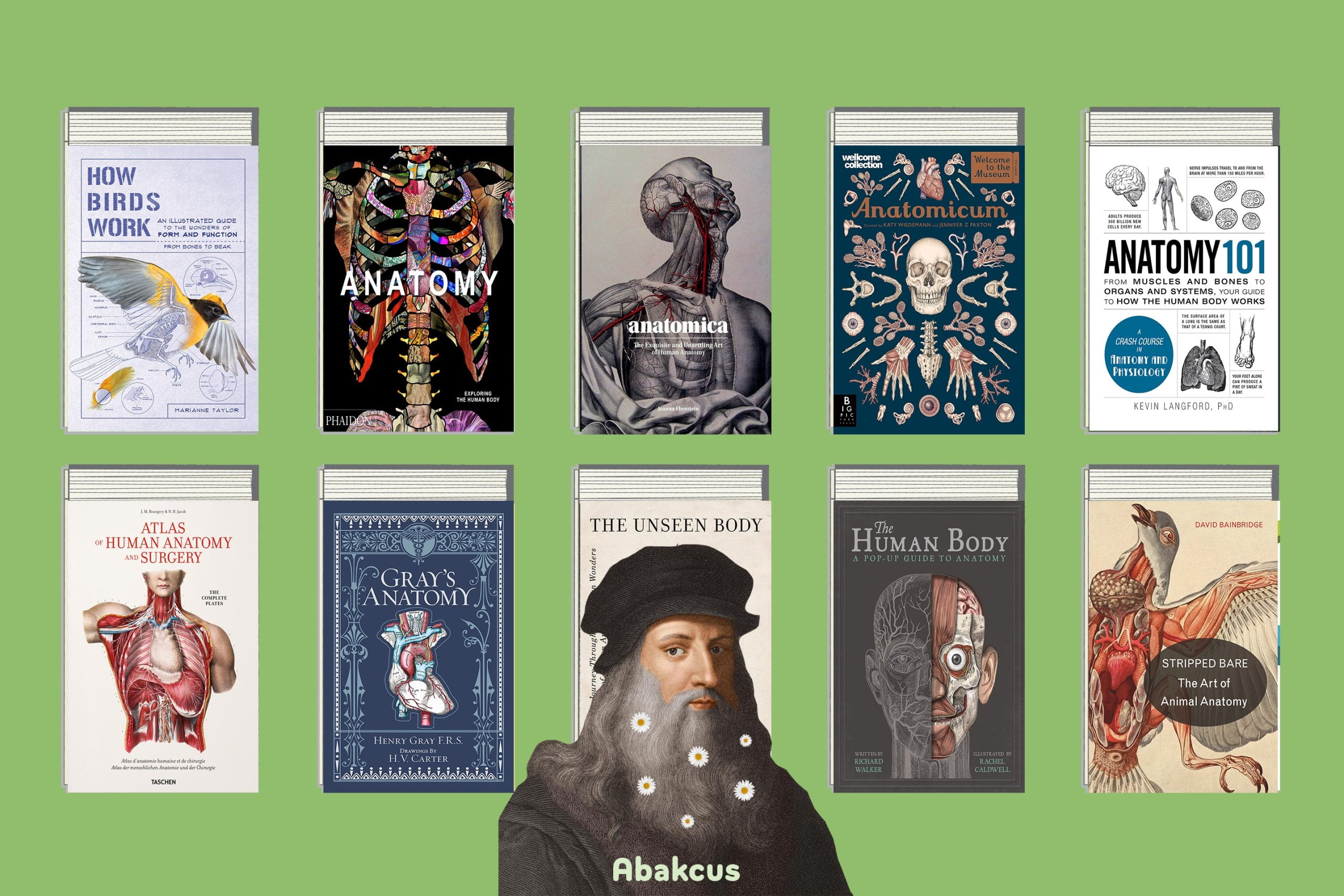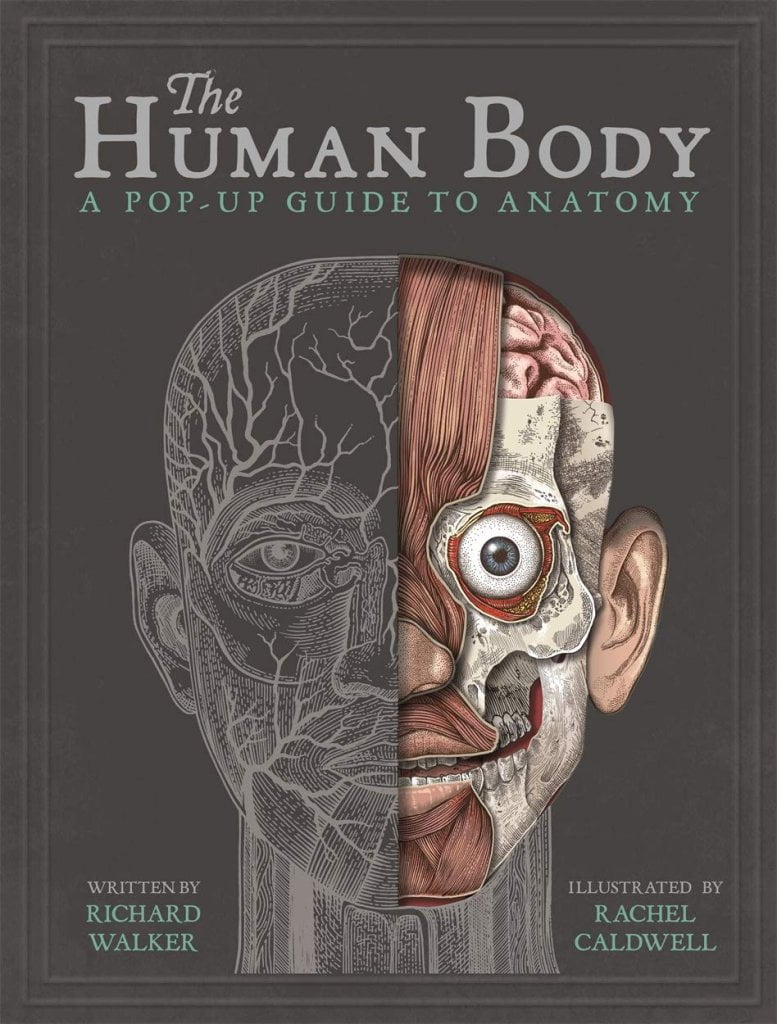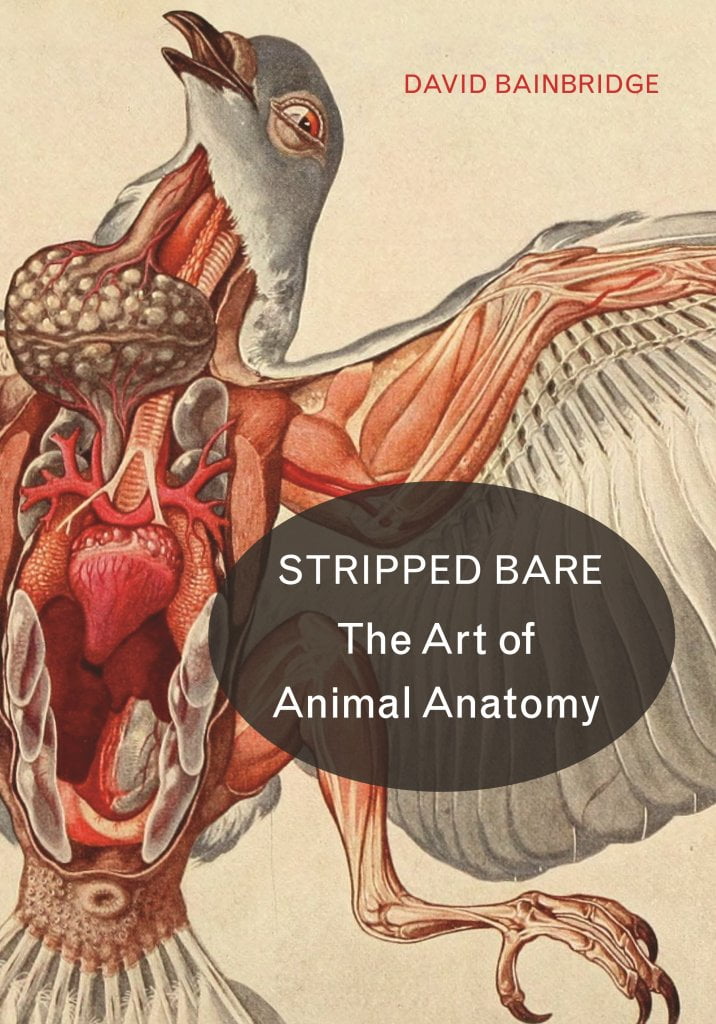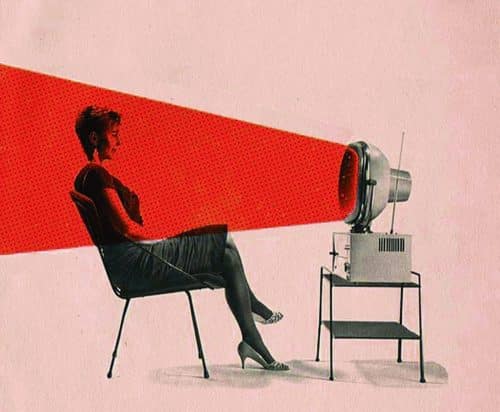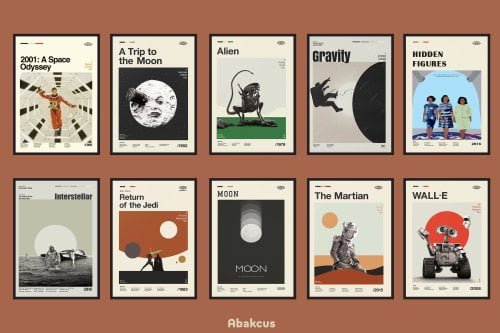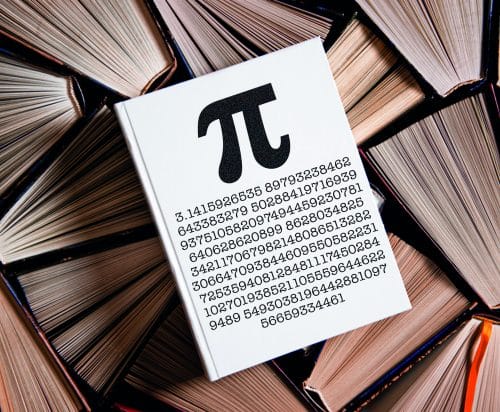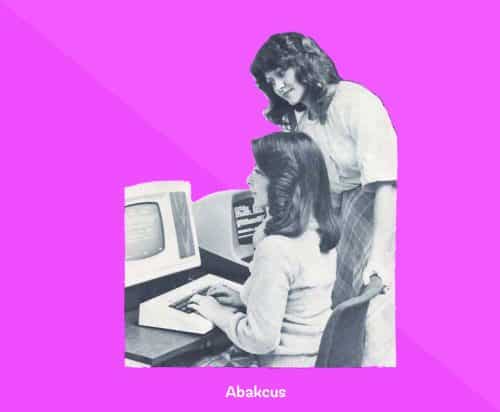Reading the best anatomy books can be a highly enriching experience for anyone interested in understanding the human body. These anatomy books cover a wide range of topics, from the structure and function of organs to the complexities of the nervous system. By gaining knowledge in such areas, you can develop an in-depth understanding of how the human body works and improves overall health and wellness.
Besides being informative, the best anatomy books are also an excellent way to stimulate your curiosity. The illustrations and diagrams that accompany the texts are not only informative but also fascinating. As you read these great anatomy books, you’ll develop a newfound appreciation for your body and the intricacies of its workings.
So, if you want to learn more about human anatomy, pick up a copy of these great anatomy books and jump-start your journey toward self-discovery.
Table of Contents
Why You Should Read the Best Anatomy Books

The human body is an incredible machine, complex and intricate beyond belief. It’s no wonder that many people are fascinated with anatomy, and an abundance of anatomy books has been written on the subject. But which ones are the best? Digging through piles of options can be daunting, but a few standouts can take your understanding of the body to the next level.
So whether you’re a student on a quest for knowledge or simply an anatomy enthusiast looking to dive deeper, these 10+ great anatomy books will fascinate and educate you.
The human body is an amazing work of art. The intricate systems that work in unison to keep us alive are nothing short of incredible. But have you ever stopped to think about the parts of the body that we can’t see? The Unseen Body, a book by Jonathan Reisman M.D., takes readers on a journey through the hidden wonders of human anatomy. Dr. Reisman, a doctor, and educator, shares his passion for the body’s lesser-known parts through engaging stories and captivating illustrations. Whether you’re a medical professional or simply interested in the workings of the body, The Unseen Body is a must-read.
The human body is truly remarkable. It comprises billions of cells, working together to form tissues, organs, and systems that keep us alive and functioning daily. Everything is connected and working in harmony, from the muscles that allow us to move to the intricate network of nerves that relay information throughout our bodies. Richard Walker’s book delves deeper into the complexities of the human body, exploring everything from the brain’s inner workings to the chemical reactions that fuel our cells. Reading about our anatomy can be a humbling experience, reminding us of how interconnected and dependent we are on every aspect of ourselves. Ultimately, learning more about our bodies can help us take better care of ourselves, leading to a healthier, more fulfilling life.
The human body is a fascinating masterpiece of biology, with its intricacy and complexity constantly proving to be a topic of endless fascination. The book “Anatomy” by Phaidon Editors invites readers to delve deeper into this subject, exploring the inner workings of the body in a way that is both comprehensive and accessible. The pages of this book are filled with detailed illustrations that offer a stunning view of the human body, as well as expert insights from scientists, doctors, and writers who have devoted their lives to the study of anatomy. Whether you are an aspiring medical student or simply a curious reader, “Anatomy” is a must-read for anyone who seeks to understand the inner workings of our incredible human form.
The human body has been a mystery for centuries, with its intricate network of muscles, bones, and organs. But what if you could see the body’s inner workings in a new light? That’s exactly what artist and curator Joanna Ebenstein has achieved with her book, “Anatomica: The Exquisite and Unsettling Art of Human Anatomy.” Through a unique combination of vintage illustrations and artful photography, Ebenstein brings the beauty of human anatomy to life while delving into the unsettling aspects of the body that often go unnoticed. This fascinating exploration of the human form will surely captivate anyone interested in biology, art, or simply the human experience itself.
Gray’s Anatomy by F.R.S. Henry Gray is the go-to book for anyone interested in human anatomy. This iconic book has stood the test of time and is still used by medical students, doctors, and researchers all over the world. The detailed illustrations and clear explanations make it easy to understand even the most complex systems of the human body. Gray’s Anatomy has gone through multiple editions since its original publication in 1858, each updated with the latest research and discoveries. Whether you’re a medical student hoping to ace your anatomy exams or curious to learn more about the human body, Gray’s Anatomy is an indispensable resource.
Exploring the human body’s inner workings has never been as visually stunning and comprehensive as it is with the Atlas of Human Anatomy and Surgery by TASCHEN. This remarkable book boasts nearly 800 pages filled with intricate illustrations and informative texts detailing every aspect of the human body and its functions. From the detailed drawings of the skeletal system to cross-sections of the heart and lungs, readers are taken on a journey through the body that leaves them feeling informed and amazed. The high-quality prints and stunning color palettes make it a beautiful addition to any coffee table or library. Still, the wealth of knowledge and detailed information makes this book a must-have for medical professionals and anatomy enthusiasts alike. Whether studying medicine or simply being fascinated by the human body, the Atlas of Human Anatomy and Surgery is an essential resource.
Get ready to explore the incredible human body with this stunning book! Featuring intricate cutouts and fascinating facts, it’s perfect for curious kids aged nine and up. Written by doctor Jean-Claude Druvert and illustrated by Hélène Druvert, this book is a true work of art.
The pages are delicate, so make sure to handle them with care. I love the large size of the pages and the modern illustrations. Plus, each major organ system is summarized on one page, making it easy for young learners to understand. But what really sets this book apart are the laser-cut organ systems. You can actually feel the outline of the organs, blood vessels, nerves, bones, and muscles! For a clearer view, simply place a black sheet of paper behind each laser-cut organ system. Don’t miss out on this beautiful and informative book!
Birds are one of the most fascinating creatures on our planet, captivating us with their beauty, grace, and intelligence. How Birds Work: An Illustrated Guide to the Wonders of Form and Function by Marianne Taylor takes readers on a journey to discover the incredible inner workings of these feathered creatures. From their intricate bone structure that allows them to fly easily to the unique features of their different types of feathers, this book explores the many ingenious adaptations that birds have evolved over millions of years. With stunning illustrations and insightful explanations, readers will gain a deeper appreciation and understanding of the wonders of avian form and function. Whether you are a budding bird watcher or simply interested in the marvels of nature, How Birds Work is a must-read for anyone who wants to discover the secrets of these fascinating creatures.
Explore the intricate beauty of animal anatomy with David Bainbridge’s latest book, Stripped Bare. This stunning work of art offers readers a closer look at the fascinating inner workings of the animal kingdom, showcasing the intricate details and structures that make up these wondrous creatures. From the amazing skeletal design to the intricate organs that form their complex systems, Bainbridge’s work will leave readers in awe. Whether you’re an animal lover, an artist, or have an interest in biology, Stripped Bare is a must-read that will open your eyes to the remarkable beauty and complexity of the natural world around us. So dive into this incredible work of art and get ready to be captivated by the mesmerizing world of animal anatomy!
Have you ever thought about the beauty of human anatomy? Emily Evans has captured the elegance of the human body in her book, Anatomy in Black. The artful illustrations and stunning photography reveal the intricate details of the human form in a way that is both educational and captivating. Anatomy in Black showcases the wonder of our internal workings, from the curves and contours of muscles to the complex systems that keep our bodies functioning. This book is not just a study guide for medical students but a work of art for anyone who appreciates the beauty of the human body.
Which book is best for 1st year anatomy?
As a 1st-year anatomy student, choosing the best book to guide you through your studies can be overwhelming. However, when it comes to mastering anatomy, one book stands out among the rest. Gray’s Anatomy, written by the renowned anatomist Henry Gray, is a comprehensive and well-organized guide to human anatomy. The book provides detailed descriptions of each body system and includes high-quality illustrations and clinical correlations that will help you apply your knowledge to real-life situations. Whether you’re a visual or text-based learner, Gray’s Anatomy has something to offer everyone. So if you’re looking for a reliable and informative resource to help you ace your anatomy class, look no further than Gray’s Anatomy.
Which Atlas of Human Anatomy is best?
Who wrote the most widely read human anatomy textbook? What is the difference between anatomy atlas and textbook?
What is the difference between anatomy atlas and textbook?
Which atlas is best for kids?
You may also find these interesting:23 Best Science Books You Should Read in 2023
•
• The Human Body by Tinybop
• The 20 Best Math Books to Read Now: Unlocking the Wonders of Mathematics
• 22 Best Physics Textbooks, According to a Harvard Ph.D. Student in Physics
• 10+ Remarkable Documentaries About Honeybees

